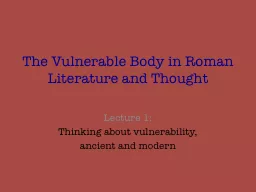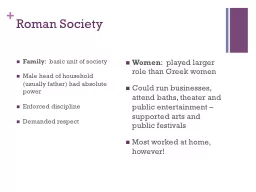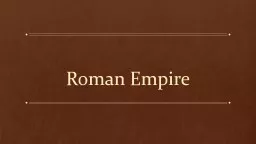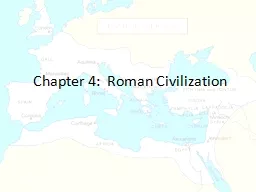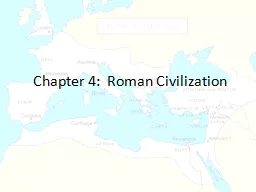PPT-The Vulnerable Body in Roman Literature and Thought
Author : alexa-scheidler | Published Date : 2017-03-24
Lecture 1 Thinking about vulnerability ancient and modern Opening questions How normal or normative is vulnerability now as in the ancient world To what extent
Presentation Embed Code
Download Presentation
Download Presentation The PPT/PDF document "The Vulnerable Body in Roman Literature ..." is the property of its rightful owner. Permission is granted to download and print the materials on this website for personal, non-commercial use only, and to display it on your personal computer provided you do not modify the materials and that you retain all copyright notices contained in the materials. By downloading content from our website, you accept the terms of this agreement.
The Vulnerable Body in Roman Literature and Thought: Transcript
Download Rules Of Document
"The Vulnerable Body in Roman Literature and Thought"The content belongs to its owner. You may download and print it for personal use, without modification, and keep all copyright notices. By downloading, you agree to these terms.
Related Documents

